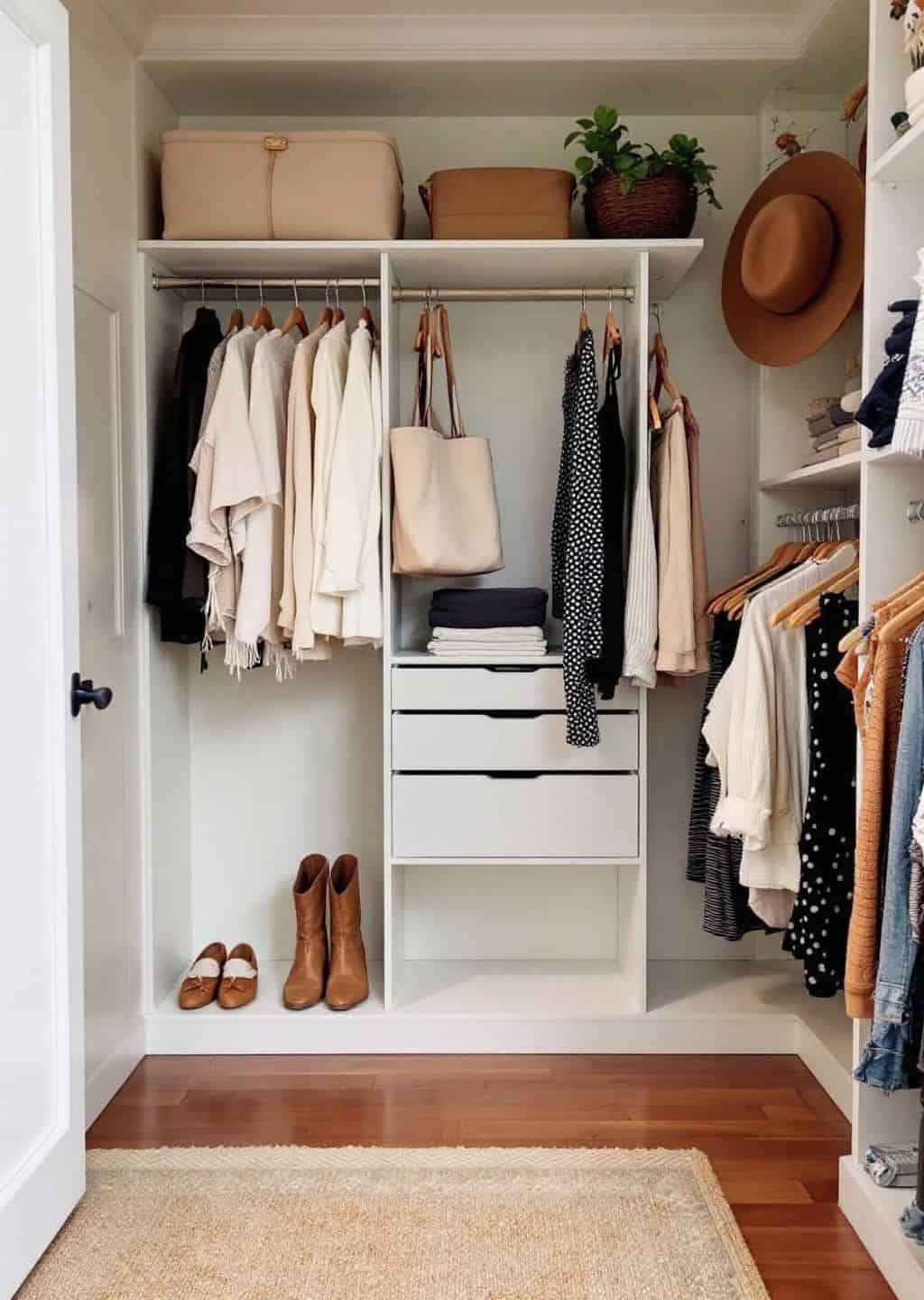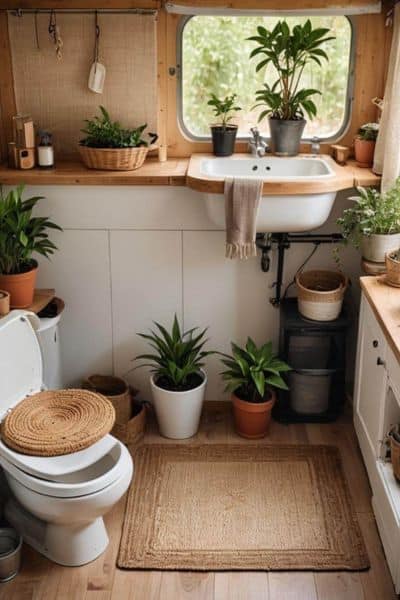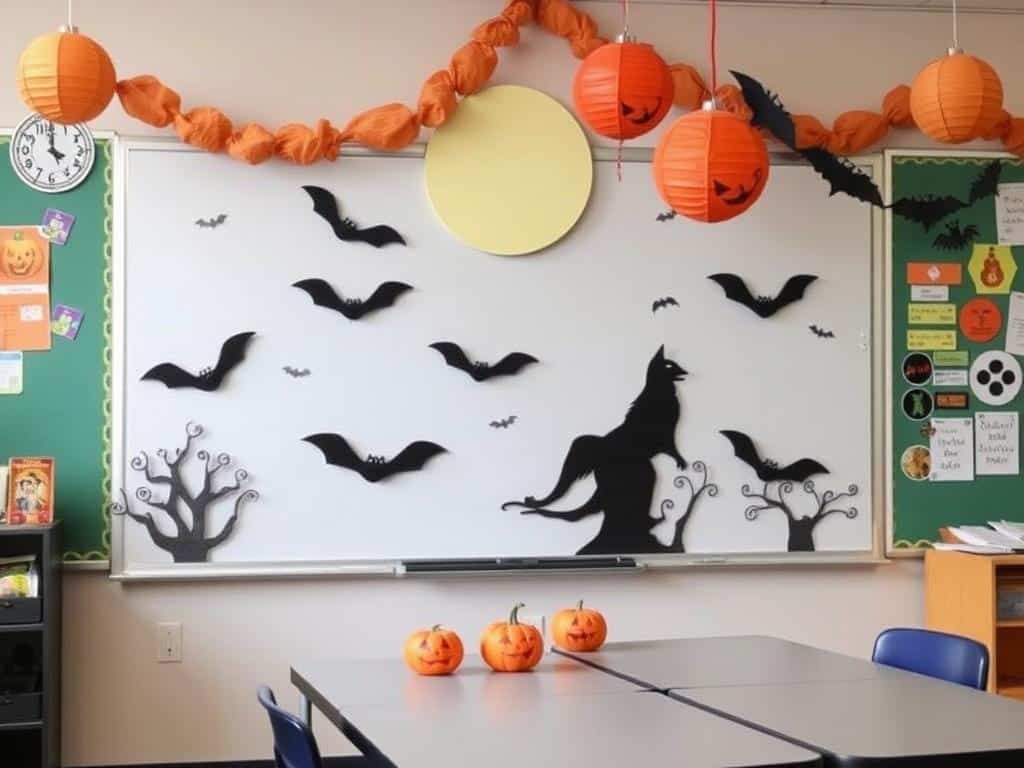Small walk-in closets can be a true gem in your home, offering a dedicated space for organization and style. However, designing and maximizing these compact areas can be a challenge.
The key lies in understanding how to make the most of every inch while ensuring the space remains functional and visually appealing.
By following essential dos and don’ts, you can create a small walk-in closet that meets your storage needs and complements your personal style.
Let’s explore the dos and don’ts that will guide you in crafting the perfect small walk-in closet tailored to your lifestyle.
1. DO Put Your Top Shelf at the Right Height
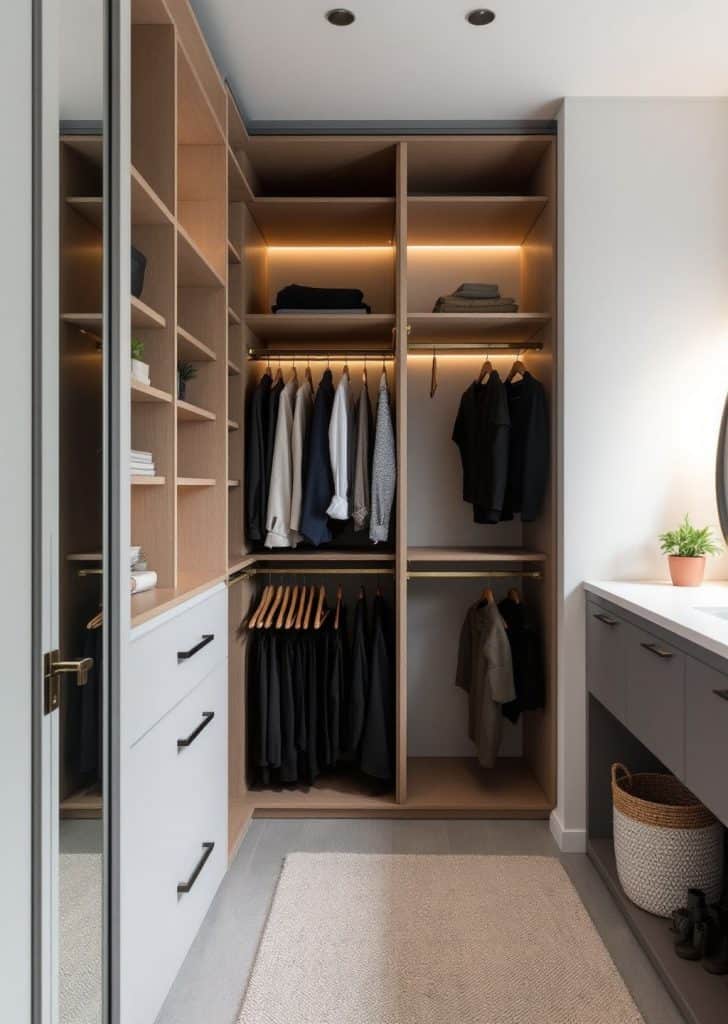
A common mistake is installing the top shelf too low. In a typical 8-foot small walk-in closet, the top shelf should be set at 7 feet (84 inches) from the floor. This simple adjustment allows for double hanging space below, effectively doubling your hanging storage and optimizing vertical space.
2. DON’T Use Corner Shelves
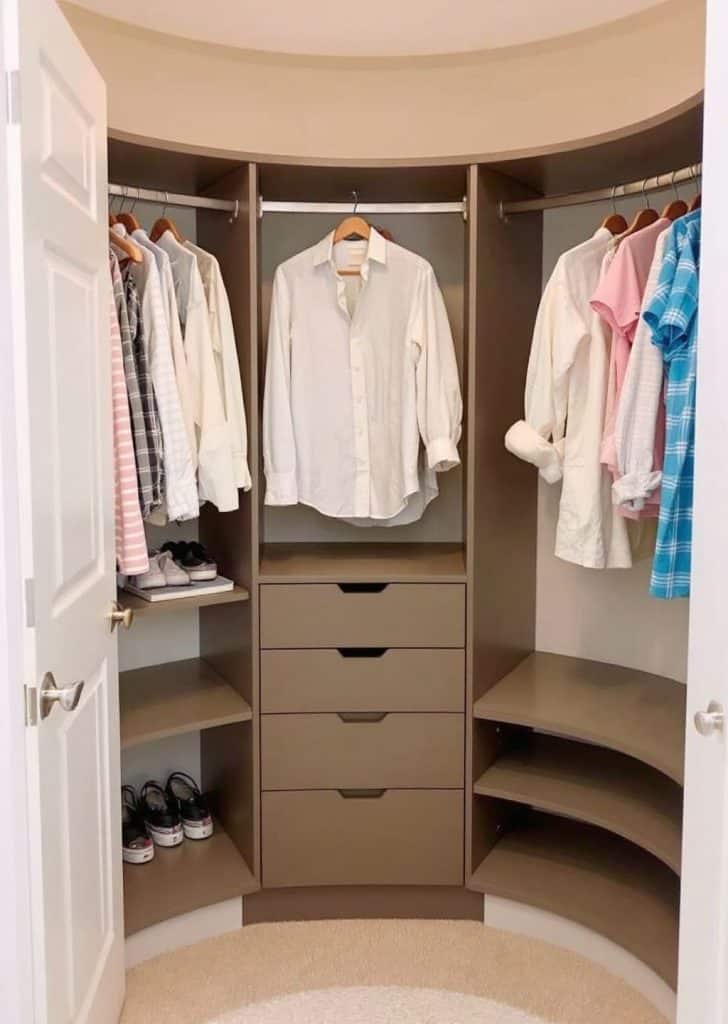
While corner shelves might look appealing in theory, they often consume valuable real estate in small walk-in closets. These shelves are frequently oversized, costly, and angled inefficiently, leading to wasted space. Instead, opt for straight shelves to maximize your storage potential.
3. DO Understand the Advantages and Disadvantages of Wall-Hung vs. Floor-Based Systems
Wall-hung systems can save space and tend to be budget-friendly, but they may lack the depth and capacity of floor-based systems.
Conversely, floor-based systems provide a polished, finished look but can be pricier. Familiarizing yourself with these pros and cons helps you choose the best fit for your needs.
4. DON’T Use 12-Inch Deep Shelves – Use Deeper Shelves
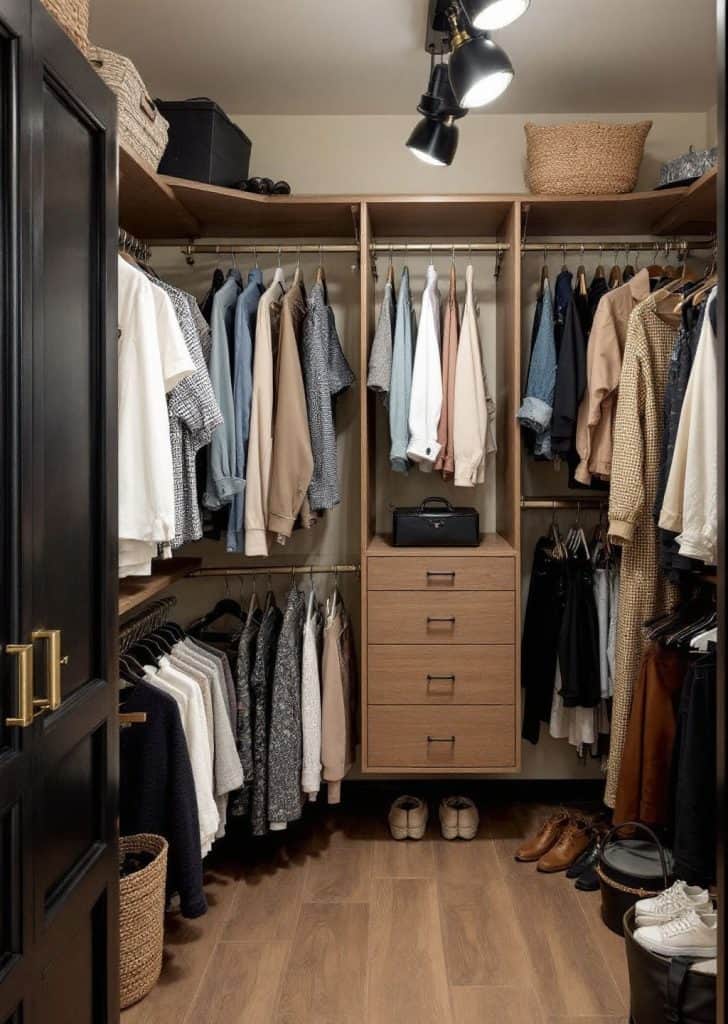
Most standard shelves are 12 inches deep, which can be limiting for bulky items like jeans and sweatshirts.
Instead, opt for 14-inch deep shelves, the industry standard for professional organizers.
This extra depth offers better functionality, accommodating larger items more effectively.
5. DO Add Drawers for Style and Space

Drawers not only elevate the aesthetic of your closet but also enable you to store 2 to 2.5 times more folded items compared to hanging them. Available in various depths, drawers help maintain organization and conceal any mess, adding to your closet’s overall appeal.
6. DON’T Buy a Closet System Without Seeing a 3D Design
Two-dimensional drawings can be challenging to visualize. A 3D design allows you to see how the space will work for you, facilitating better design decisions and ensuring that the layout meets your functional needs.
7. DO Insist on Adjustability
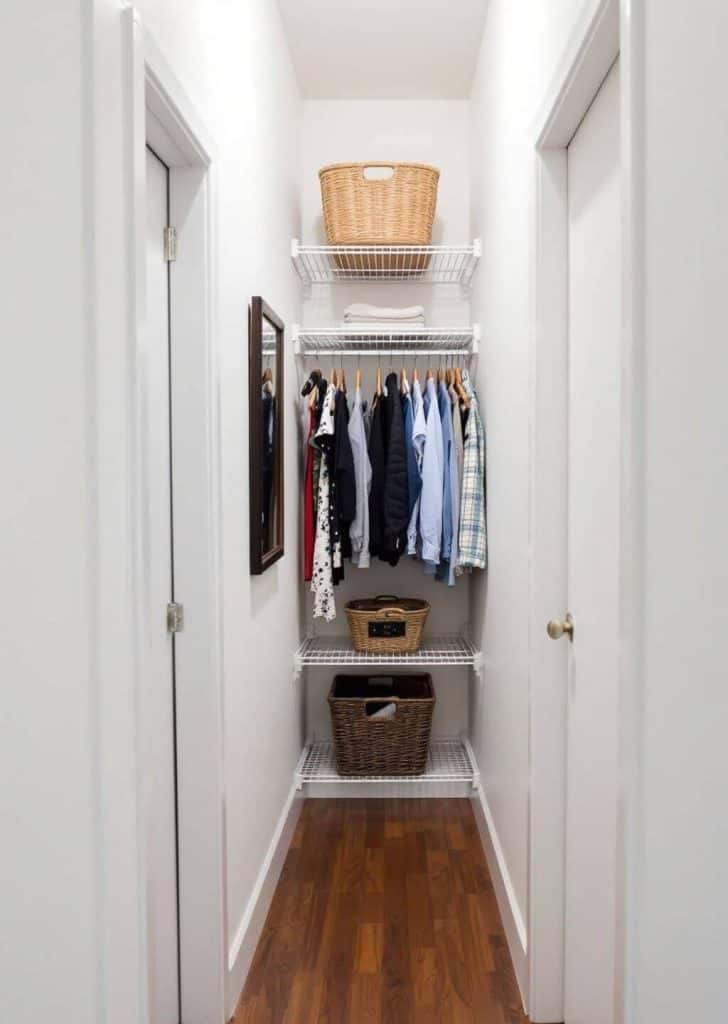
Fixed rods and shelves can lead to inefficiencies over time.
Ensure your closet design includes adjustable components, allowing you to modify the layout as your storage needs evolve, thus maximizing flexibility and usability.
8. DON’T Let Pinterest Mislead You
It’s easy to get swept away by the glamorous closets showcased on Pinterest. However, remember that function should come first. Focus on maximizing space and functionality before adding aesthetic elements that may not serve a practical purpose.
9. DO Use Budget-Friendly Tricks to Add Style

If you’re on a budget, there are numerous ways to elevate your closet without overspending.
Consider incorporating stylish drawer handles, flat drawer fronts, or even a two-tone color scheme to infuse personality and flair into the design.
10. DON’T Place Hanging Sections Against Each Other in Corners
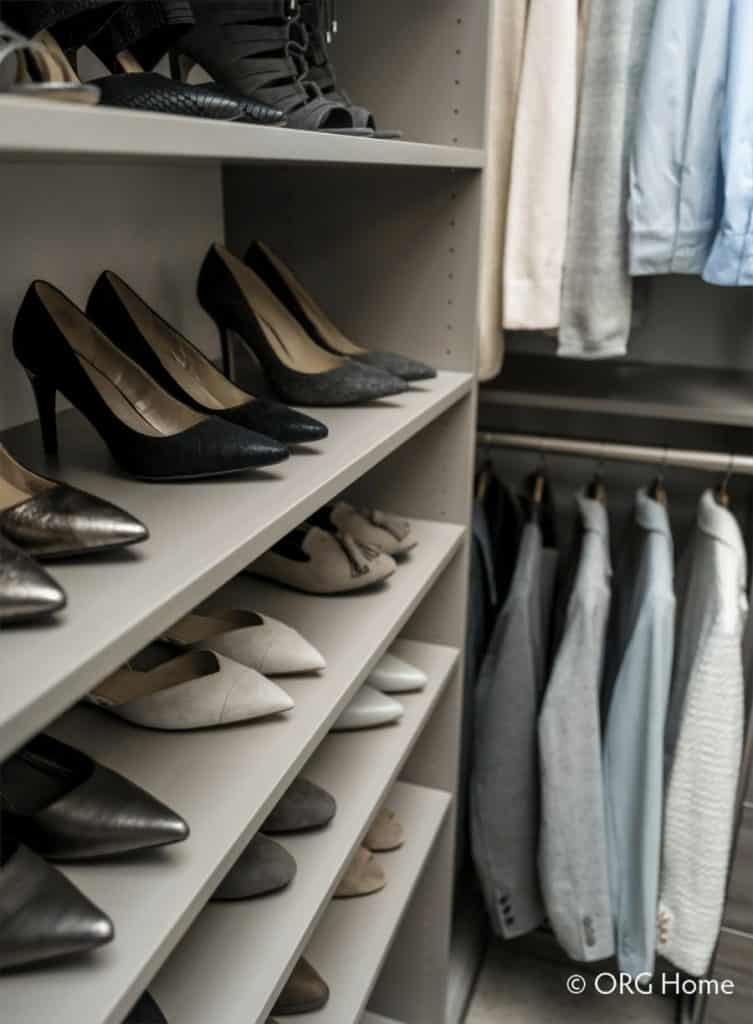
Avoid creating a “Bermuda Triangle” of clothing in corners. Instead, place shelving next to hanging sections.
This design strategy maximizes accessibility and efficiency, ensuring that you can easily access all your items.
11. DO Use Thin and Sturdy Hangers

Thick plastic or wooden hangers can take up valuable space in your closet. Opt for thin velvet hangers, which help keep clothes from sliding off while saving precious storage space, allowing for better organization.
12. DON’T Buy Modular Closet Systems
While modular systems may seem convenient, they often don’t fit your unique space perfectly, leading to dead zones. Custom closets are designed to fit your specific measurements and maximize every inch of available space.
13. DO Create Separate Spaces if Sharing a Closet

If you and your partner have different organizational styles, consider creating distinct areas within your closet.
This can be achieved through shelving or drawers that act as a boundary, helping to maintain peace and organization.
14. DON’T Bury Shoes Under Hanging Clothes
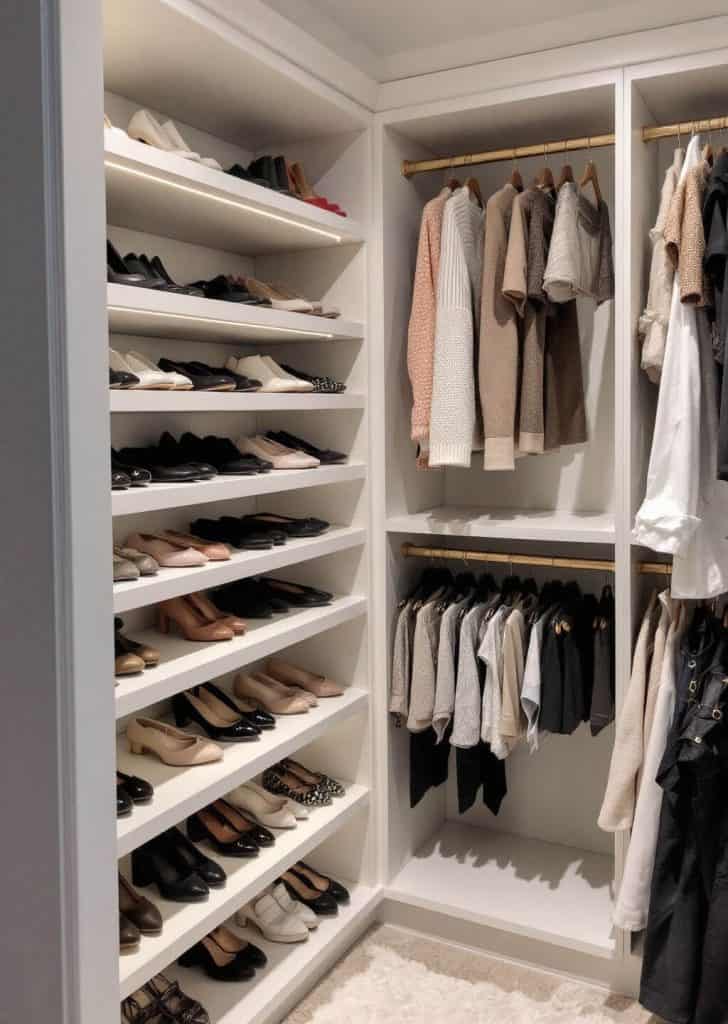
Give your shoes the respect they deserve by providing dedicated shelves for them, rather than burying them under clothing. Flat, adjustable shoe shelves keep your footwear visible and easily accessible, promoting better organization.
15. DO Have Fun with Your Feature Wall

Your closet has a feature wall—the wall you see first when you enter.
Use this space to showcase fun and functional features like stylish drawers or a wardrobe rod for staging outfits, making it visually appealing and functional.
16. DON’T Hang Clothes as You Wear Them

Instead of hanging blouses on top and pants on the bottom, consider reversing this layout.
Hanging pants on top saves vertical space, allowing for more shoe storage below, optimizing the overall organization of your closet.
17. DO Stay Open to Changing Your Storage Methods
Many people are set in their ways about how they store items. Embrace the idea of folding more and hanging less to maximize storage efficiency, adapting your organization style to better suit your needs.
18. DON’T Forget About Light Switches, Outlets, and Vents

Before finalizing your closet design, ensure it accommodates light switches, outlets, and vents. A well-thought-out design considers these elements, avoiding any headaches during installation and enhancing usability.
19. DO Understand How Costs Accumulate

Familiarize yourself with closet economics. Hanging sections are generally the least expensive, while systems with doors and drawers can be pricier.
This knowledge will help you budget effectively and make informed design choices.
20. DON’T Hesitate to Ask Questions
When exploring closet design options, don’t shy away from asking questions. If someone isn’t willing to assist you, seek help elsewhere. Understanding your options is key to creating a closet that meets your needs.
21. DO Seek Professional Help
A wise person knows their limits. If you’re not an expert in closet design, it often pays to consult with a professional. They can help you achieve a functional and stylish closet that perfectly suits your needs and preferences.
22. DON’T Ignore Vertical Space
Many people overlook the vertical space in their closets, but it’s a crucial area for maximizing storage. High shelves can be a game changer. Use these shelves for items that you don’t need to access daily, like seasonal clothing, extra bedding, or holiday decorations.
Investing in a step stool can also make it safer and easier to reach these upper shelves.
23. DON’T Crowd Your Hanging Rods
Overloading your hanging rods is a common mistake that can lead to frustration. When clothes are crammed together, it becomes challenging to see what you have, making it likely that you’ll forget about certain pieces.
This overcrowding can also cause garments to wrinkle and lose their shape. Aim for spacing between items to allow for visibility and airflow.
24. DON’T Use Only One Type of Hanger
Using a variety of hangers can enhance your closet’s organization and aesthetics. Different types of clothing benefit from specific hangers:
- Velvet hangers are ideal for delicate items like blouses or dresses, as they grip fabric without slipping.
- Wooden hangers are great for suits and jackets, providing sturdy support to maintain shape.
- Clip hangers work well for skirts and pants, keeping them securely in place without creating creases. Mixing and matching these hangers not only helps with functionality but also creates a visually appealing, cohesive look in your closet. This approach can also prevent wear and tear on your clothes, extending their lifespan.
25. DO Incorporate Mirrors

A beautiful mirror can transform the feel of your closet space.
Not only does it serve a practical purpose by allowing you to check your outfits, but it also creates a sense of openness and depth, making the closet appear larger.
Strategically placing a mirror can enhance natural light, brightening the space and adding to its overall appeal. If possible, consider mirrored cabinetry or sliding doors with mirrors for a stylish and functional touch.
26. DO Maintain a Regular Declutter Schedule
A well-organized closet is not a one-time project; it requires ongoing maintenance. Set aside time every few months to go through your closet and reassess what you have.
This is an excellent opportunity to remove items you no longer wear or need.
Consider using the “one in, one out” rule: for every new item you bring into your closet, remove one old item.
This practice prevents accumulation and keeps your space from becoming cluttered. Additionally, consider donating gently used clothing to charity, which can be both rewarding and space-saving. Regular decluttering will keep your closet fresh, organized, and functional, allowing you to enjoy your space to the fullest.
With these do’s and don’ts in mind, you’re well on your way to designing a closet that not only meets your storage needs but also adds to the overall beauty and efficiency of your home.
Happy designing!

I’m Katerina Lithopoulou, co-creator of DIY Cozy Living. I’ve always loved the little things that make a space feel special — soft textures, warm lighting, thoughtful details. With a background in language and a passion for photography and cozy design, I enjoy turning everyday inspiration into simple ideas people can actually use.
My motto: “Cozy isn’t a trend — it’s a feeling.”

